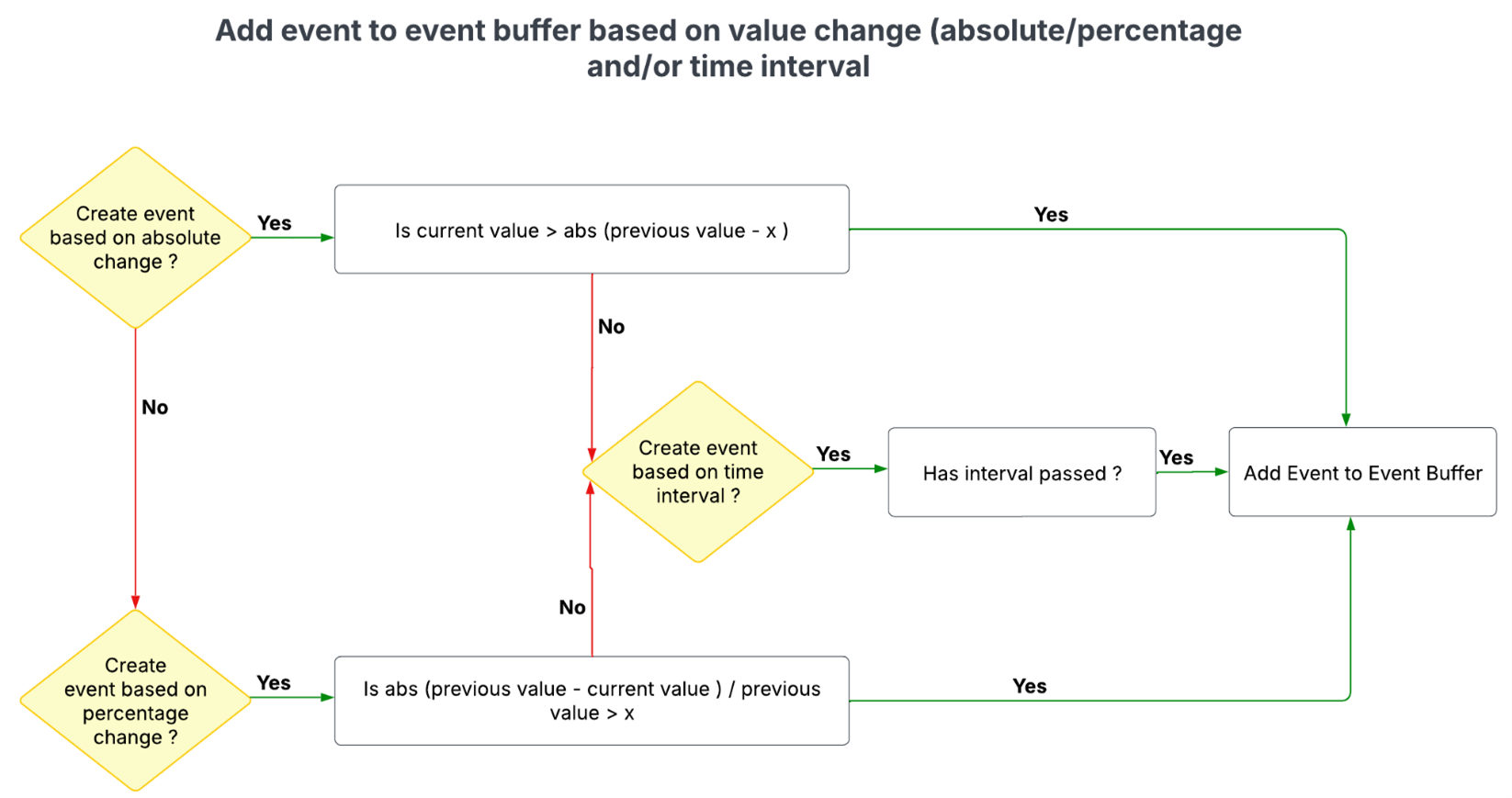Optimized DNP3 Solution for Remote Municipal Irrigation Management
-
 Case Study - Optimized DNP3 Solution for Remote Municipal Irrigation Management – Please contact us for questions.
Case Study - Optimized DNP3 Solution for Remote Municipal Irrigation Management – Please contact us for questions.
OVERVIEW
This case study illustrates how Chipkin can provide customers with custom solutions when protocol standards are too limiting for their needs. In this case, Chipkin provided a custom DNP3 solution for a municipal SCADA system by overcoming standeard DNP3 limits. The DNP3 system monitored irrigation, pump, and flow controllers dispersed over a large geographic area.

The Challenge
A municipal SCADA system, using GE Cimplicity (later updated to Verona), required a cost-effective method to monitor irrigation, pump, and flow controllers over a large area. High cable costs necessitated cellular and satellite communications, making frequent connections expensive.
To control costs, DNP3 event data was sampled every 8 hours, posing key challenges:
- Efficient transmission of large event data volumes within limited connection windows.
- Optimized event creation to minimize unnecessary data transmission while capturing critical updates.
- Differentiation between unchanged active data sources and offline equipment.
The Solution
Chipkin implemented Changes to the DNP3 protocol firmware build to allow:
- Enhanced DNP3 Fragment Handling: A custom firmware build set DNP3 fragment sizes at 32k bytes—above the standard 2k bytes—reducing connection requirements.
- Configurable Event Buffering: The DNP3 driver was modified to support an event buffer size of up to 65k bytes, meeting storage and transmission needs.
- Smart Event Filtering Tool: Developed a tool that created events only when sourced data changed by a defined delta as absolute or percentage. The project required both. The tool also generated interval-based events if data remained unchanged, ensuring differentiation between inactivity and communication failure. See Diagram below.

Implementation & Results
By leveraging SCADA’s ability to handle 32k-byte DNP3 fragments, Chipkin’s solution:
- Reduced communication costs by minimizing connection frequency.
- Maintained data integrity without excessive transmissions.
- Ensured SCADA could distinguish between active but unchanged data and offline sources.
Chipkin was able to exploit SCADA’s ability to handle DNP3 fragments of 32k bytes—even though this is not part of the DNP3 specification—to achieve a custom solution that met our client’s requirements. Chipkin applies similar protocol adaptations beyond DNP3, such as modifying its Modbus driver to recognize NodeID = 255 as a broadcast node, despite the standard defining NodeID = 0.
Whether modifying Modbus, BACnet, OPC UA, or other protocols to meet unique project demands, we provide tailored solutions that enhance efficiency, reduce costs, and maximize system performance. With deep expertise in industrial automation and a commitment to fast, responsive service, Chipkin delivers reliable, custom-engineered communication solutions that empower your operations.
Conclusion
Standard protocol limitations often fail to meet unique project requirements. In this case, Chipkin provided a custom DNP3 solution for a municipal SCADA system by overcoming standard DNP3 limits that constrained the client’s project requirements around event data handling. The system monitored irrigation, pump, and flow controllers dispersed over a large geographic area. Cable connectivity to central control was too expensive, so cellular and satellite data communications were used.
By extending protocol capabilities beyond standard specifications, Chipkin enabled data transmission while significantly reducing connection frequency. The custom solution allowed the municipality to collect and store event data intelligently, ensuring that necessary information was transmitted at appropriate intervals. Chipkin’s expertise in protocol adaptation provided an integration that maintained system reliability and ensured critical data integrity.
